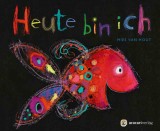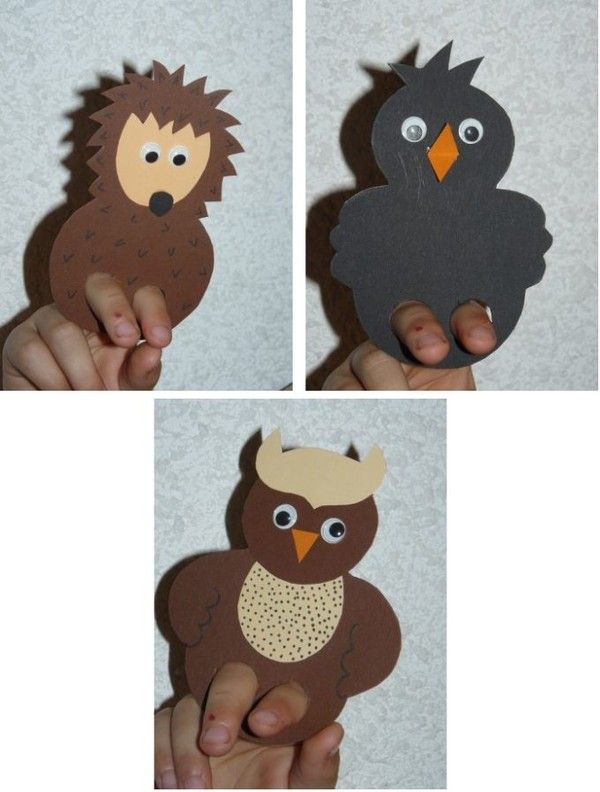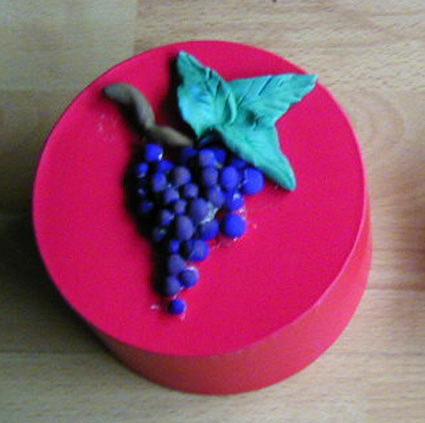We are going to be sharing ideas on "Seaside" at our DFE funded WTSA/JLN local network meeting twilights this next half term. You would be very welcome to attend if you are near to one of these CPD twilights on the Training Schedule
Here is one of the story resources with accompanying ideas that we will be sharing and can be used in KS1, KS2 (beginners,moving on or more advanced learners) and potentially KS3 Y7.
The ideas are based on this wonderful story book that I found last October in Germany and that I now have as well as a French story book too!
Inside are the most wonderful chalk drawings on black paper of fish, representing a plethera of feelings and emotions.On each page there is one adjective to follow the title page repeated phrase: "I am ....." .Each adjective describes an emotion. The fish sketches convey the feeling or emotion through their size,colour ,shape, expressions. Here are two example pages:
In German:
In French
A simple fishing rhyme with KS1 and Year 3 Beginners
Game One
Let's make our hands do the talking!
How often do we tell rhymes about animals and use our hands as characters in the rhyme.Well here let;s make "hand fish" in class -using our hands as the different fish!
Well can you make your hand look big,small, courageous,curious, nervous, happy, sad etc?
- Practise this with the children in the target language.
- Call a feeling and ask the children to make their hand portray the action as if they their hands are swimming fish ( swimming quickly, sadly, slowly, nosily etc to convey the emotion or feeling)
- Make this in to a "Simon Says" game too.
Game Two
Let's make our whole bodies in to the fish!
Let's take our favourite French and Spanish (thanks Emilie and Ana!) party rhyme and tweak it a little ....
In French :
Petits poissons, venez, passez, 1,2,3
In Spanish
Pequeño pez, ven y pasa
So in German we can say
Kleiner Fisch , komm, schwimm 1,2,3
- And this time let's take out of a pot one of the fish descriptive words.
- On the count of three in the rhyme ,pull out of the pot the fish word and call out the word to the class- can they be the fish with the characteristic or feeling you have just said?
- Make it in to "a last one out" game by then asking the children to freeze frame in the action, as you count on to 10 slowly in the target language(4,5,6,7,8,9,10) Any movement and they are out of the game!
- Start the rhyme again and add a new characteristic or feeling .....
Fishing for feelings with Year 3 or 4 beginner and moving on learners
Do you remember the wonderful magnetic fishing games, where you had a magnet on a string and you popped the "fishing rod over the side of a card pool and caught fish with magnetic noses?
(We have used this idea before in language learning- magnets on strings attached to rods and card fish with paper clip noses and we went fishing for sounds...We will be doing this again too!)
If you are lucky enough to have the story book , then read the book first and look at the characteristics.Look up some of the words in your bilingual dictionaries.
- Give each child a word to draw as a fish (from the adjectives in the book). Get the children to create the magnetic noses with the paper clips.
- Now pop all the fish in a class pool or pretend pond.
- You need a fishing rod .... go fish feeling fishing with a magnet on the end too.
- Can a child use the fishing rod to pull out a fish drawn by one of the class?
- Show it the class and then let the class decide which feeling the fish represents.
- Up to three guesses before the child who drew the fish shares with the the class the adjective and writes the adjective up on the whiteboard.
- Collect at least 8 adjectives on the whiteboard that are visible to the class.Check their understanding of the adjectives.
- Give all the children mini whiteboards and ask them to draw fish for a partner to represent feelings.Make the " fish sketching" a timed activity - maximum 60 seconds - can the partner guess which adjective the fish sketch conveys?
- Can the children help you to create a fishing for feelings art gallery using adjectives and the phrase in the target language "I am....."
Sea Creature Sketches .Year 4 and 5 Moving On Learners
The fish in the sketches in the book are masculine singular nouns and therefore we can use the adjective exactly as it appears in the dictionary .
Discuss with the class what might change with the adjectives if you were using a feminine singular sea creature noun for example .......replace the fish with for example "a whale" in French or Spanish- feminine singular noun (la baleine/ la ballena).
Investigate the changes to the spelling to match the new sea creature.
Can the children draw for you a nervous or curious whale and write an accurate sentence to describe the whale's feelings?
The verb "to be" sea creatures and the fishy feelings mobiles !Year 5/Year 6 and Year 7 Advanced Learners.
The book is based on the use of the first person singular form of the verb "to be " e.g in French "aujourd'hui je suis ....."
So let's unpack the verb "to be" with this story and create a whole ocean of sea creatures and feelings
You will need to first of all use the activity above , based on changing the adjectives from masculine singular to feminine singular and you will need to develop this further with plural nouns too.
Now the children can explore with you a sea creature gallery of feelings.
Share with the children pictures of sea creatures and ask them to help you describe the sea creatures feelings and to link appropriate groups of sea creatures to parts of the verb " to be" .
For example one fish on its own could be "I am" or "you are" or "he is" but it can't be "she is" or any of the plural parts of the verb "to be". discuss with the children ehy this is the case.Why are the parts of the verb called "singular" or "plural" ?What do these words tell us?
As a class check out the plural spelling changes of the nouns you want to use for the sea creatures.
Discuss the ending changes to adjectives that the children may want to use to describe the emotions of the sea creatures.
Create a whole class fishy sea creature verb " to be " paradigm and spend time discussing why certain parts of the verb can or cannot match with the sea creature pictures.
Can the children create their own "Sea creatures and fishy feeling mobiles"?
- Give out the paradigm ( pattern of the verb) "to be" in the target language.Print each part of the verb on separate strips of card ( blue card would be really good for this).Ask them to put the parts of the verb in to the paradigm order e.g.I am , you are, he is etc).
- Ask the children to add an adjective to each of the parts of the paradigm and to think carefully about the spelling of these adjectives and to try to match the spelling to the type of nouns they can use with this part of the paradigm.
- Can they now draw their own sea creatures to match the part of the paradigm and to convey the specific emotion or feeling of the adjective.
- Ask the children to add their drawing to their strip of card too on the reverse of the card strip.
- Now each pair has the parts of their fish mobile ready to be assembled and displayed.Each strip of card will have a part of the verb to be, an adjective to match the part of the verb and a picture of the reverse to convey the emotion or feeling of the adjective.








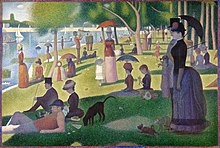








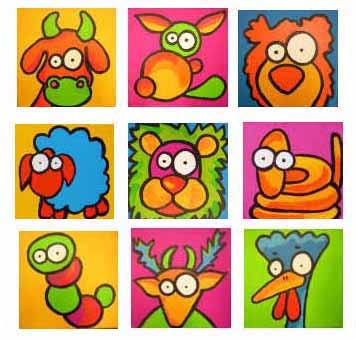
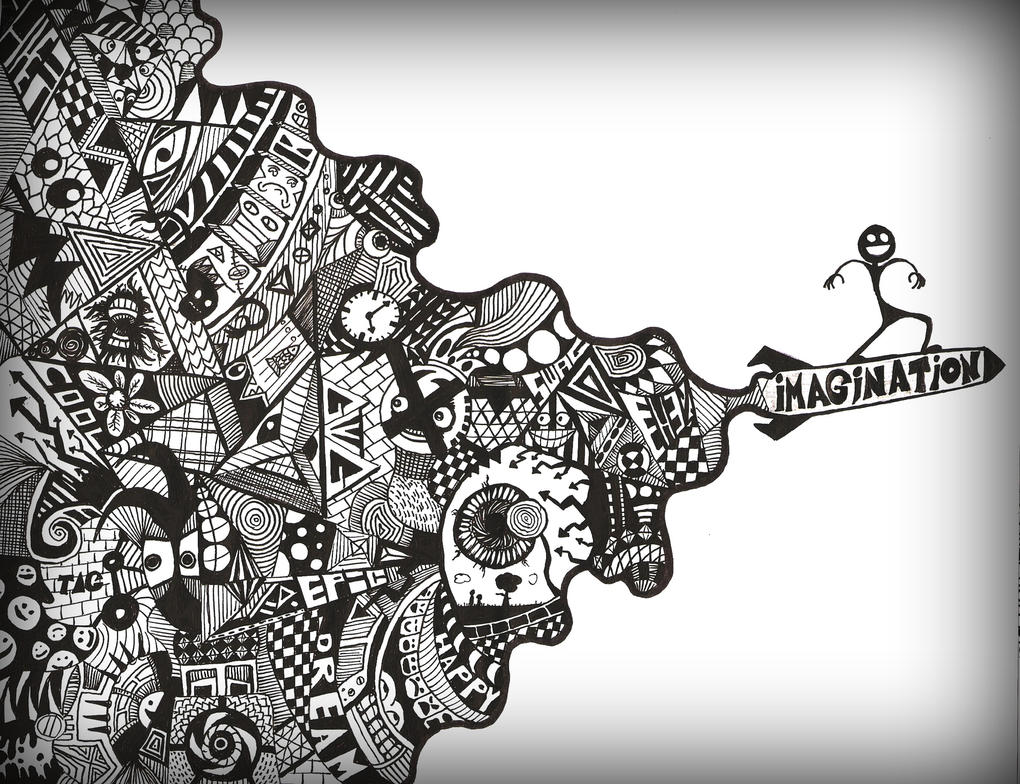

.jpg!Blog.jpg)


